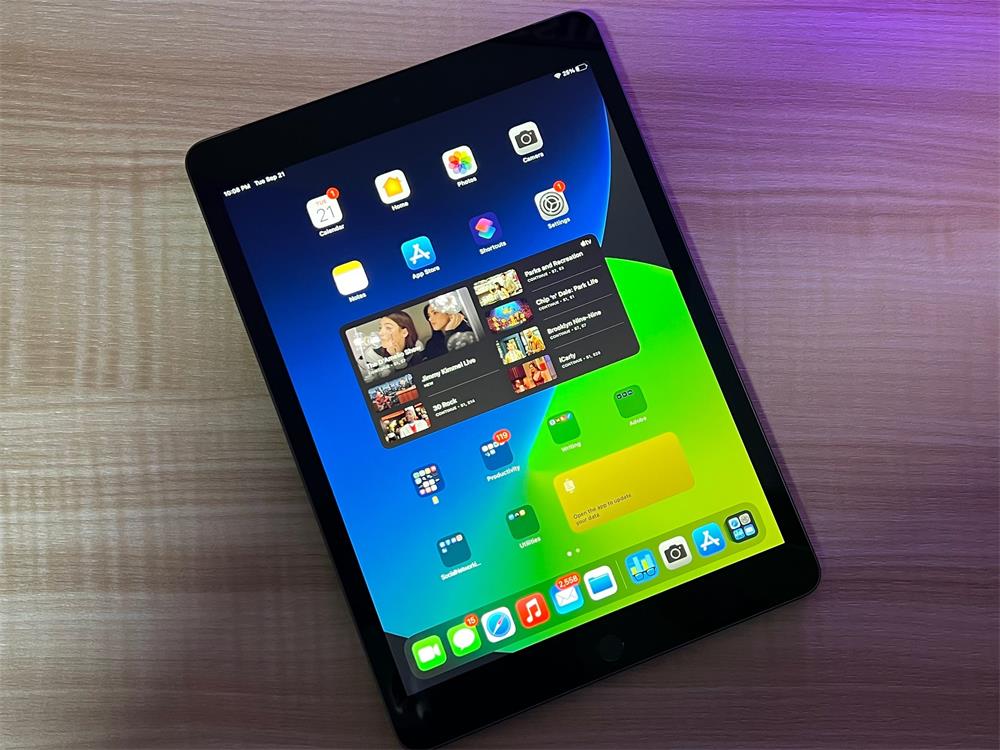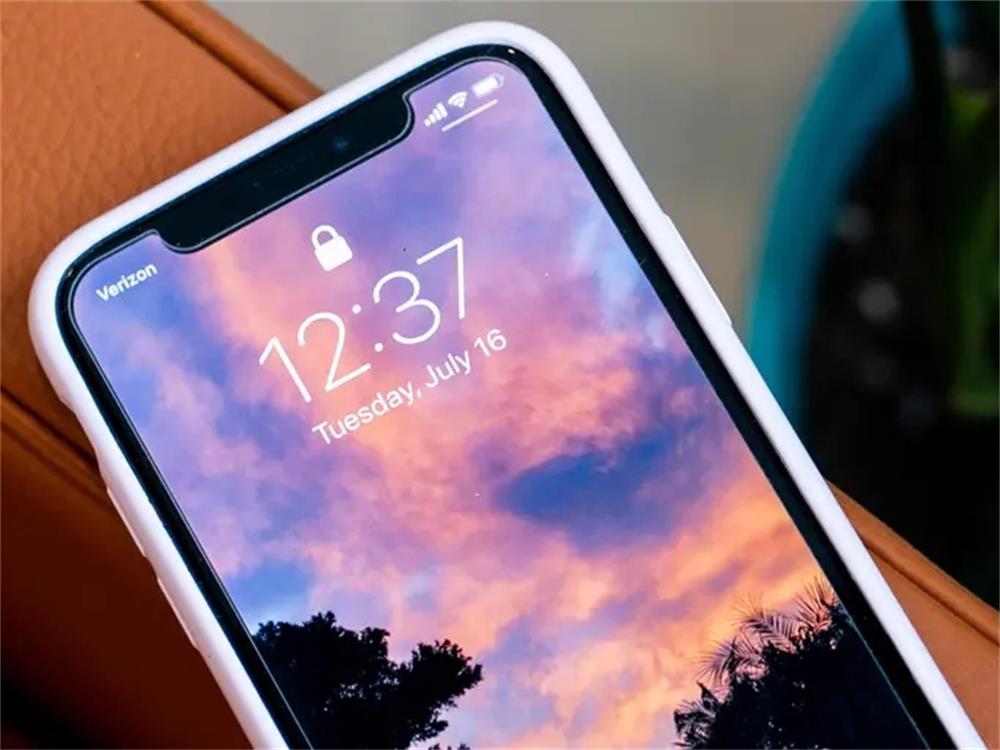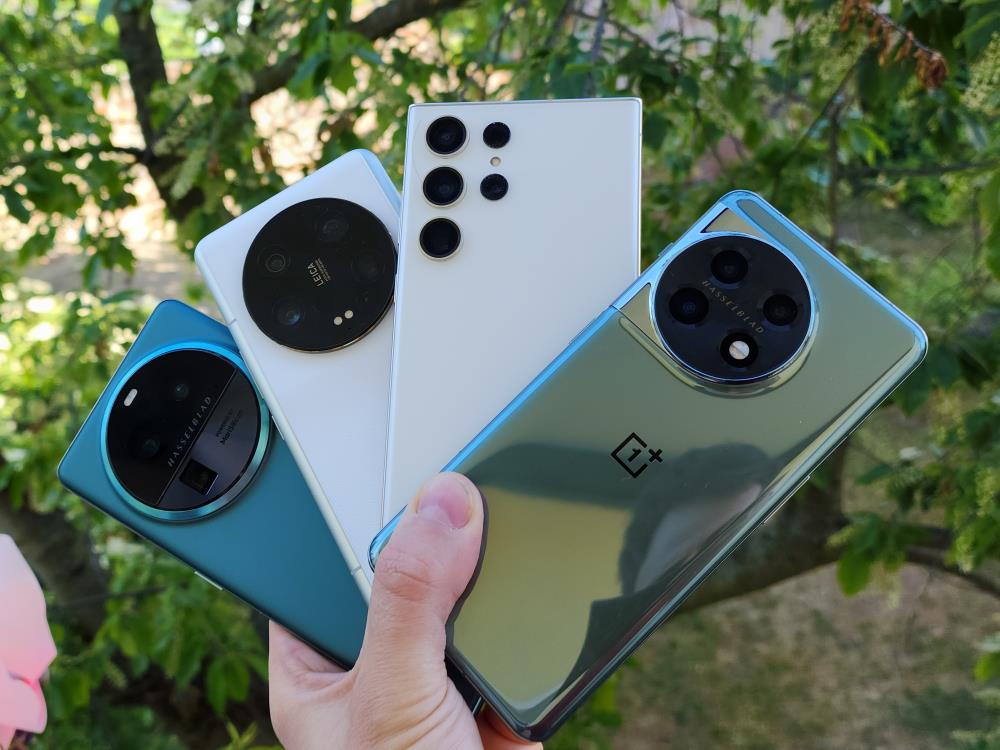Contents
Choosing a mobile carrier can be a daunting task, especially with so many options available in the market. You want to get the best service, coverage, features and price for your needs, but how do you compare and decide? Here are some tips to help you find the right mobile carrier for you.
Consider your budget
The first thing you need to do is determine how much you are willing to spend on your mobile plan. Different carriers offer different plans with varying prices, data allowances, calling minutes, texts and perks. You can save money by opting for a prepaid plan, which gives you more control over your spending, or by signing up for a contract plan, which may offer discounts on phones and other benefits. However, contract plans also come with commitments and fees, so make sure you read the fine print before signing up.
Some carriers also offer family plans or group discounts, which can lower your monthly bill if you share your plan with others. You can also look for promotions or deals that may give you extra savings or bonuses. For example, Mint Mobile is a great carrier to choose if you’re after an affordable phone plan. Mint plans have added more data without a rise in prices; the carrier also offers discounted rates for family plans. To get the best price, you need to commit to a year of service, but Mint also offers promotions like a current one where all plans cost you $15/month for the first three months — even the company’s unlimited data plan.
Compare coverage and network quality
Another important factor to consider is the coverage and network quality of the carrier. You want to make sure that you can get reliable service wherever you go, whether it’s in your home area or when you travel. You can check the coverage maps of different carriers on their websites or use third-party tools like OpenSignal or RootMetrics to compare network performance and speed.
You should also consider the type of network technology that the carrier uses. Most carriers now offer 4G LTE networks, which provide fast data speeds and smooth voice calls. However, some carriers are also rolling out 5G networks, which promise even faster speeds and lower latency. If you want to take advantage of 5G, you need to have a compatible phone and a plan that supports it. You should also check if 5G is available in your area or where you plan to travel.
Choose an operating system and a phone
Another thing you need to decide is what operating system and phone you want to use. The two main operating systems are Android and iOS, which have different features, apps and user interfaces. Android offers more customization and choice of devices, while iOS offers more simplicity and security. You should choose the one that suits your preferences and needs.
You also need to choose a phone that works with your carrier and plan. Some phones are unlocked, which means they can work with any carrier that uses the same network technology. Other phones are locked, which means they can only work with a specific carrier or network. You should check the compatibility of your phone before buying it or switching carriers.
You can buy a phone from your carrier or from other sources, such as online retailers or manufacturers. Buying from your carrier may give you discounts or incentives, but it may also lock you into a contract or limit your choices. Buying from other sources may give you more freedom and flexibility, but it may also cost more upfront or require more research.
Compare features and perks
Finally, you should compare the features and perks that different carriers offer. These may include unlimited data, calling minutes, texts, hotspot data, international roaming, streaming services, cloud storage and more. You should look for the features that matter most to you and that fits your usage habits.
For example, if you use a lot of data for streaming or browsing, you may want to look for a plan that offers unlimited data or high data allowances. However, you should also be aware of any restrictions or limitations that may apply, such as throttling (slowing down) your speed after a certain amount of data usage or deprioritizing (putting behind) your traffic during peak times.
If you travel frequently or make calls abroad, you may want to look for a plan that offers international roaming or low-cost international calling options. However, you should also check the rates and conditions that apply to different countries and regions.
If you enjoy watching movies or listening to music on your phone, you may want to look for a plan that offers free or discounted subscriptions to streaming services like Netflix, Hulu, Spotify or Apple Music. However, you should also check if these services count towards your data usage or if they are subject to any quality restrictions.
Summary
Choosing a mobile carrier can be challenging, but it can also be rewarding if you find the one that meets your needs and expectations. To choose the right mobile carrier for you, you should:
- Consider your budget and how much you are willing to spend on your mobile plan
- Compare coverage and network quality of different carriers and check their availability in your area or where you travel
- Choose an operating system and a phone that work with your carrier and plan and that suit your preferences and needs
- Compare features and perks that different carriers offer and look for the ones that matter most to you and that fits your usage habits
You can use online tools and resources to compare different carriers and plans, such as Tom’s Guide, Digital Trends or Which?. You can also read reviews and feedback from other customers or experts to get a better idea of the pros and cons of each carrier.
Choosing a mobile carrier is a personal decision that depends on your individual situation and preferences. There is no one-size-fits-all answer, but by following these tips, you can make an informed and confident choice. Good luck!









